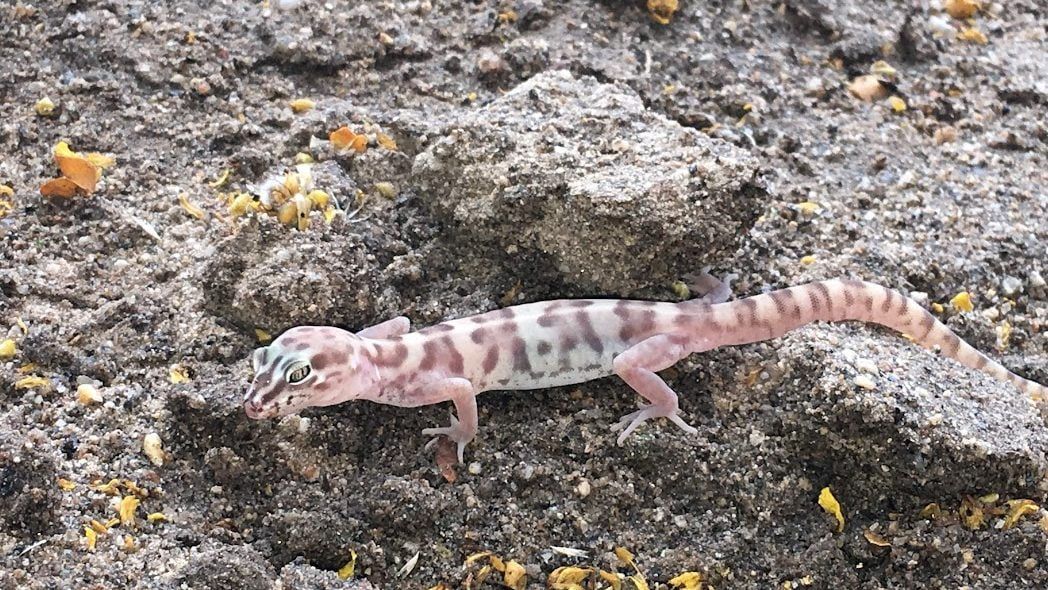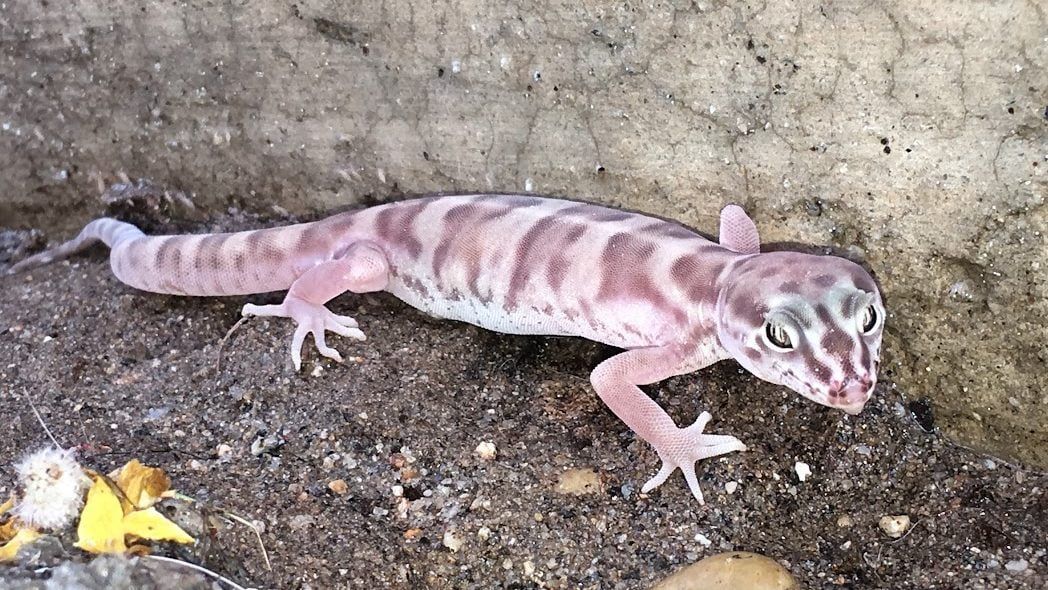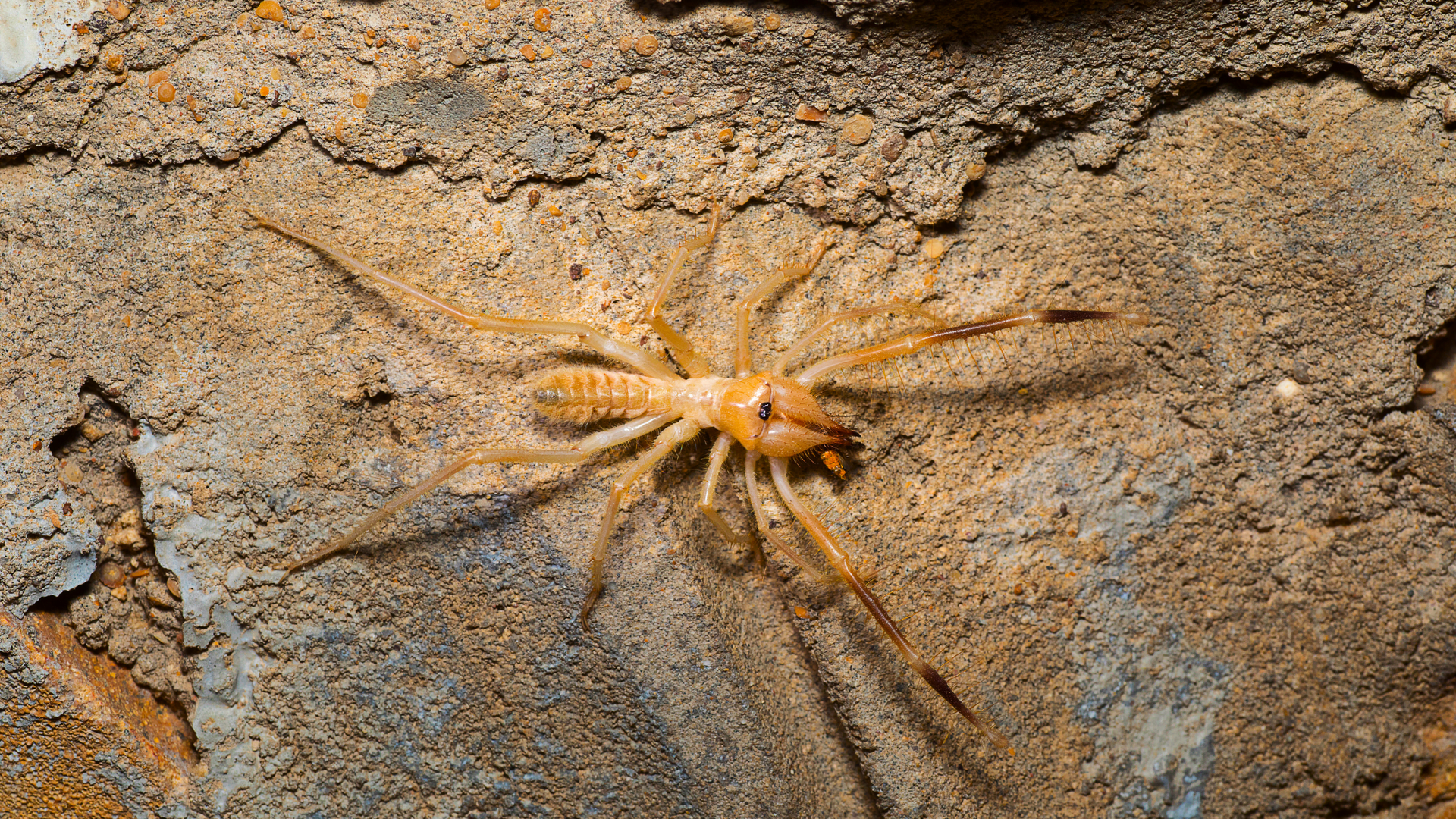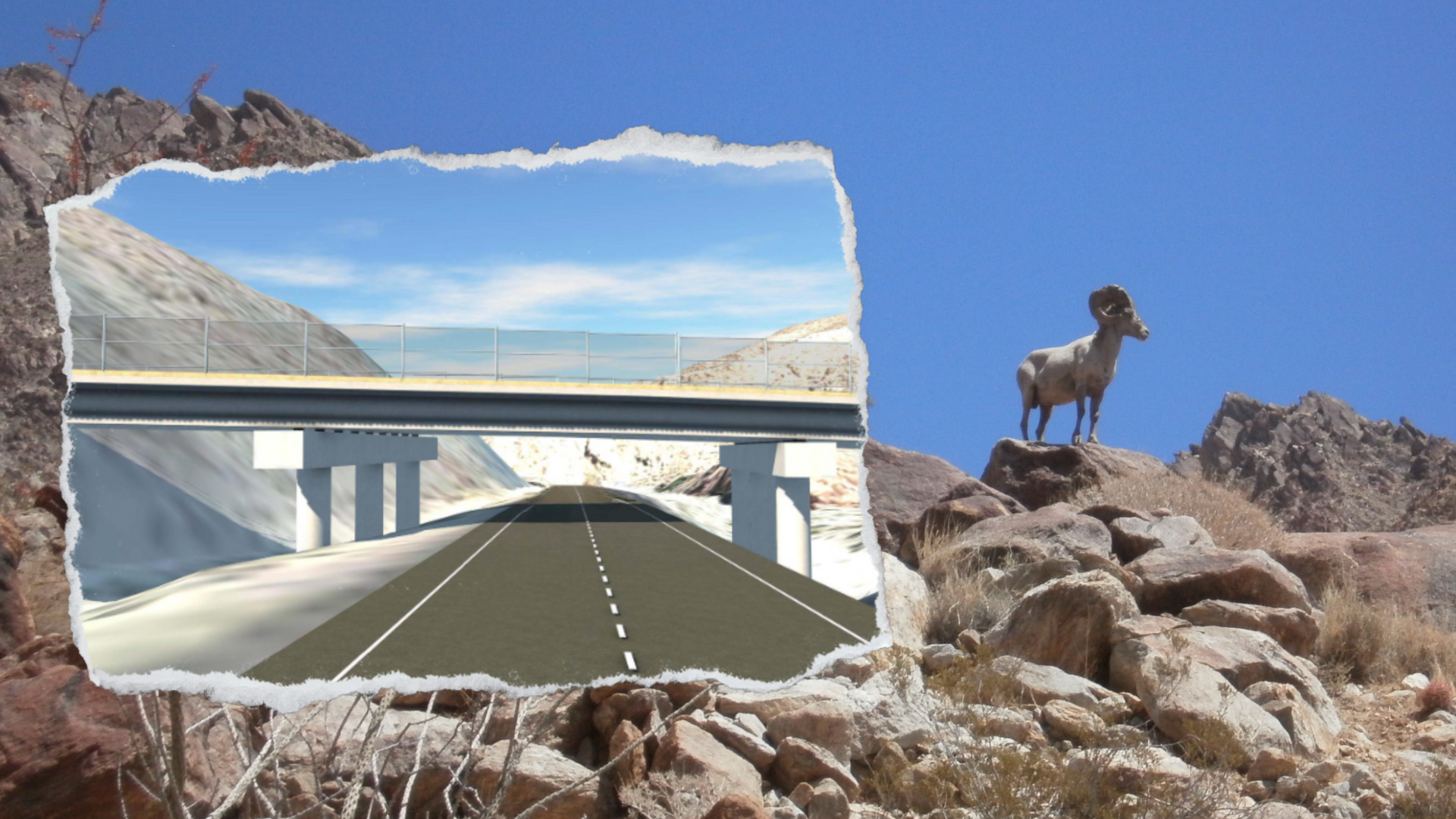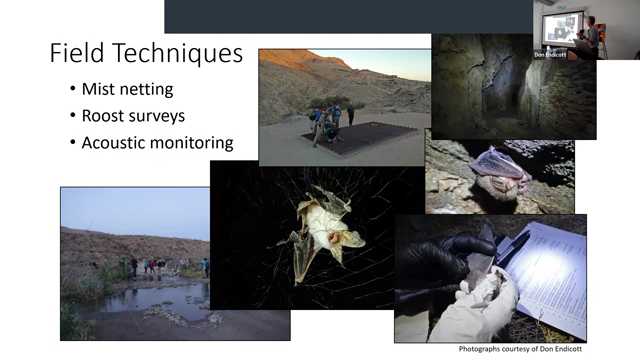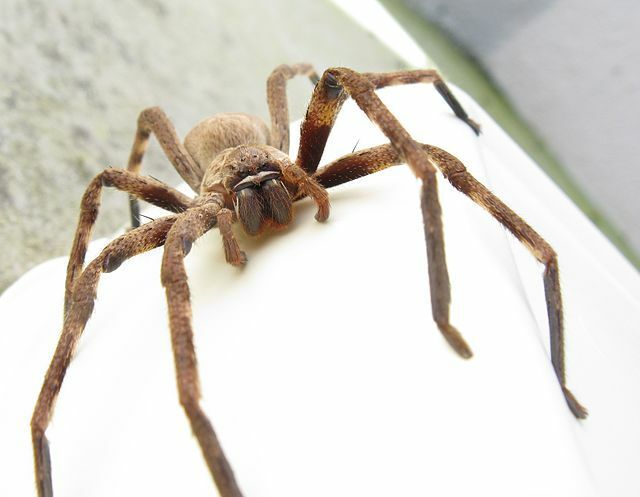Introduction to the Western Banded Gecko
The desert regions of Borrego Springs and Anza-Borrego State Park, nestled in Southern California, harbor a unique and captivating reptile known as the Western Banded Gecko, scientifically referred to as Coleonyx variegatus. These diminutive lizards are a testament to the remarkable adaptations that thrive in this arid landscape, and their distinctive features set them apart in the world of reptiles.
Habitat and Distribution
Western banded geckos have carved a niche for themselves in a diverse array of desert habitats, showcasing their resilience in the face of challenging conditions. They can be found in rocky outcroppings, where large boulders provide shelter, food, and the perfect sunbathing spot. Sandy washes, with their shifting sands, offer both refuge and sustenance as geckos swiftly navigate the terrain to hunt insects, spiders, and other arthropods.
In creosote bush scrub, Joshua tree woodlands, and pinyon-juniper habitats, these geckos find comfort amidst low-lying shrubs and trees. Here, higher humidity and cooler temperatures provide a haven compared to the harsher, arid environments they also call home. This adaptability enables Western Banded Geckos to thrive in the deserts of California, Nevada, Utah, and Arizona, with a notable presence in Borrego Springs and Anza-Borrego State Park.
Behavior and Diet
As denizens of the night, Western Banded Geckos have perfected the art of nocturnal living. This adaptation allows them to evade the scorching desert sun while capitalizing on the cooler nighttime hours to forage for sustenance and elude potential predators. Their agility is remarkable, aided by clawed toes tailored for gripping rugged surfaces like rocks, bushes, and tree trunks.
A particularly intriguing adaptation is their ability to change color to blend seamlessly with their surroundings. This chameleon-like quality arises from specialized pigment cells called chromatophores in their skin. They can match the color of rocks, soil, bushes, or tree trunks, making them elusive targets for would-be hunters.
When it comes to sustenance, Western Banded Geckos are opportunistic feeders. They indulge in a diet comprising small insects, spiders, and various arthropods. Occasionally, they might nibble on small lizards, spiders, or even partake in minuscule amounts of plant material, such as fruit and flowers.
Conservation and Conclusion
While Western Banded Geckos are not currently classified as threatened or endangered, their populations face challenges posed by habitat loss and degradation. In response, conservation efforts in Borrego Springs and Anza-Borrego State Park include diligent monitoring of population numbers, habitat preservation and restoration, and public education on the importance of safeguarding these remarkable reptiles.
In summary, the Western Banded Gecko is a testament to nature’s ability to adapt and thrive in some of the harshest environments on Earth. Their nocturnal habits, remarkable agility, color-changing abilities, and diverse diet make them a vital component of the desert ecosystem. As stewards of these precious habitats, it is our responsibility to ensure the continued well-being of this captivating reptilian inhabitant.
Western Banded Gecko Quick Facts:
1. Habitat Versatility:
Western banded geckos exhibit an impressive adaptability to a wide range of desert habitats. From the rugged terrain of rocky outcroppings to the shifting sands of sandy washes, the scrubby expanses of creosote bush terrain, the iconic Joshua tree woodlands, and the pinyon-juniper ecosystems, these geckos demonstrate their remarkable ability to thrive amidst diverse desert landscapes. This adaptability highlights their role as keystone species, contributing to the balance of these delicate environments.
2. Nocturnal Activity:
Western banded geckos have chosen the cover of darkness as their domain. Their nocturnal lifestyle is a strategic adaptation to the harsh desert climate, where daytime temperatures can reach scorching levels. By being most active at night, they avoid the searing heat, conserving their energy for hunting and foraging during the cooler nighttime hours. This behavioral pattern has earned them a reputation as creatures of the night.
3. Dietary Preferences:
The Western Banded Gecko’s diet primarily consists of small insects, spiders, and a variety of arthropods. Their opportunistic feeding behavior means they are resourceful hunters, making the most of available food sources in their desert homes. Occasionally, they may diversify their diet by consuming small lizards, spiders, and even small amounts of plant material, such as fruit and flowers. Their adaptable palate plays a significant role in controlling insect populations within their ecosystem.
4. Masterful Camouflage:
Among the most captivating traits of the Western Banded Gecko is its ability to change color, much like a chameleon. This remarkable adaptation stems from specialized pigment cells called chromatophores in their skin. This color-changing ability allows them to blend seamlessly into their surroundings, whether it’s the rocky terrain of their rocky outcrop homes or the sandy expanses of sandy washes. This camouflage serves multiple purposes, from evading predators to ambushing prey, making them elusive and cryptic creatures.
5. Conservation Efforts:
While not currently listed as threatened or endangered, Western Banded Geckos face ongoing challenges, primarily stemming from habitat loss and degradation due to human activities. Conservation initiatives have emerged as a response to these concerns. These efforts include vigilant monitoring of population numbers to assess their status, habitat preservation and restoration projects aimed at maintaining the integrity of their desert homes, and educational campaigns to raise awareness about the importance of protecting this species and its ecosystem. By engaging in these conservation endeavors, we can contribute to the long-term survival and well-being of this remarkable desert dweller.
In conclusion, the western banded gecko is a fascinating desert reptile found in the Borrego Springs and Anza-Borrego State Park area. These small lizards are known for their distinctive coloration and are able to adapt to different habitats and change color to blend in with their surroundings. While they are not considered endangered, conservation efforts are still in place to ensure their populations remain stable. If you’re visiting Borrego Springs or Anza-Borrego State Park, keep an eye out for these unique and fascinating creatures.
September 22, 2024
Fascinating Facts About the Desert Sun Spider (Solifugae) The desert sun spider, scientifically known as Solifugae, is not a true spider but rather a member of the arachnid family closely related to scorpions and mites. Commonly referred to as windscorpions or camel spiders, these fascinating creatures are native to the arid desert regions of the southwestern United States, including Borrego Springs, California. Appearance and Size Desert sun spiders are known for their distinctive appearance and impressive size, with some reaching up to 5 inches in length. They typically have reddish-brown bodies and long, spiny legs that help them move swiftly through the sandy desert terrain. Their most notable feature is their powerful jaws, which they use to capture and subdue prey. Behavior and Habitat Unlike spiders, desert sun spiders do not spin webs. They are active hunters, using their strong jaws to capture insects, small reptiles, and rodents. They thrive in various desert habitats, including sandy dunes, rocky outcrops, and dry washes. Nocturnal by nature, they are most active at night, when they search for food and mates. Are They Dangerous to Humans? Despite their fearsome appearance, desert sun spiders are not dangerous to humans. They are non-venomous and generally pose no threat. However, like any wild animal, they may bite if provoked. It’s best to admire them from a distance to avoid startling them. Impact on Animals As carnivorous predators, desert sun spiders primarily target small prey like insects and occasionally small mammals. Although they are capable of delivering a painful bite, they do not pose a significant threat to larger animals, including pets. These arachnids tend to focus on small, manageable prey rather than larger targets. How to Spot Desert Sun Spiders For those interested in observing desert sun spiders in their natural habitat, nighttime in the desert offers the best opportunity. Visiting areas like Anza-Borrego Desert State Park in Borrego Springs during the evening or early morning hours increases the likelihood of an encounter. Use a flashlight or headlamp, as the reflection of light in their eyes can help spot them easily. Be sure to respect their space and avoid disturbing them to prevent defensive behavior. A Unique Desert Experience in Borrego Springs Borrego Springs is home to a wide range of fascinating desert creatures, including the desert sun spider. Exploring this region offers opportunities to witness a diverse array of wildlife in their natural desert environment. Whether you're an amateur naturalist or simply curious, Borrego Springs is a great destination to learn more about these unique creatures.
March 1, 2024
Decoding the Desert Night: A Dive into the Acoustic World of Anza-Borrego's Bats
By Borrego Springs Local
•
November 9, 2023
Snake Awareness and Safety in Borrego Springs: Navigating the Desert with Confidence Nestled in the heart of the Colorado Desert, Borrego Springs offers an idyllic escape into nature’s untouched beauty. However, amidst its scenic landscapes, the desert is also home to various wildlife, including a number of snake species. While encounters with these reptiles can be an exciting aspect of the desert experience, it's crucial to approach them with awareness and respect. This blog delves into the essential knowledge and precautions needed for snake awareness and safety in Borrego Springs. Understanding the Local Snake Population The Anza-Borrego Desert, surrounding Borrego Springs, is a vibrant ecosystem teeming with over 50 species of snakes and lizards. Among these, only a few, such as certain rattlesnakes and the sidewinder, are venomous. The sidewinder, in particular, is known for its unique sideways movement and the distinctive horn-like scales above its eyes, adapting seamlessly to its sandy surroundings. Identifying Venomous Snakes Venomous snakes in the Borrego Springs area typically include several rattlesnake species: Western Diamondback : Recognizable by its distinctive diamond-shaped pattern and rattling tail. Mojave Rattlesnake : Known for its potent venom, this species often inhabits the higher, cooler elevations. Sidewinder : This smaller rattlesnake is notable for its horned appearance and unique movement across sand. Familiarizing yourself with these species can enhance your safety and appreciation of the desert’s natural inhabitants. Safety Precautions for Desert Adventurers When exploring the desert landscapes of Borrego Springs, consider the following safety tips to minimize the risk of snake encounters: Stay on Designated Paths : Snakes often hide under rocks and in crevices, so stick to clear paths where visibility is higher. Wear Protective Clothing : High boots and thick pants can provide a barrier against bites, especially in dense underbrush or rocky areas. Use a Walking Stick : A stick can be used to rustle bushes or grass ahead of you, giving snakes a chance to move away. In Case of a Snake Encounter If you come across a snake, it's vital to remain calm and follow these steps: Do Not Disturb : Give the snake plenty of space and avoid sudden movements that could be perceived as a threat. Slowly Back Away : Increase your distance from the snake by slowly moving away without turning your back on it. Do Not Attempt to Capture or Kill the Snake : This significantly increases the risk of a bite. Remember, snakes are protected under local wildlife conservation laws. What to Do in Case of a Snake Bite Despite all precautions, snake bites can still occur. Here’s what to do if you or someone you’re with is bitten: Stay Calm and Immobilize the Affected Area : Keep the bitten limb at heart level to slow the spread of venom. Seek Immediate Medical Attention : Call emergency services right away. Antivenom treatment may be necessary. Do Not Apply a Tourniquet or Ice : These methods can cause further damage and are not recommended. Local Resources and Assistance For assistance with snake removal from your property or in public areas, contact the Borrego Springs Fire Protection District. They offer safe, professional removal services, ensuring the safety of both the residents and the wildlife. Fire Dept: 2324 STIRRUP RD, BORREGO SPRINGS, CA 92004 760-767-5436 Conclusion Borrego Springs is a stunning destination offering unique encounters with nature, including its diverse reptile population. By staying informed and prepared, visitors and residents can safely enjoy all the natural beauty this desert oasis has to offer. Remember, snakes are an integral part of the ecosystem, playing a crucial role in the balance of nature. Respecting these creatures and their habitat allows for a harmonious coexistence and a richer desert experience.
October 29, 2023
Explore the resilience of the Peninsular Bighorn Sheep in Anza-Borrego Desert State Park, where conservation efforts unite the community in preserving these iconic desert dwellers and their habitat.
October 21, 2023
The Huntsman spider, a remarkable arachnid, thrives in warm, arid environments like those in Anza-Borrego State Park. Known for their impressive size and agility, these spiders play a crucial role in controlling pest populations, thereby maintaining the ecological balance of desert ecosystems.
October 4, 2023
An Integral Step in Protecting California's Wildlife Situated in the rugged terrain of Southern California, the I-8 Peninsular Bighorn Sheep Crossing Project addresses a critical issue where Interstate 8 bisects the Peninsular Mountain range. This area, vital for the movement of the Federally Endangered Peninsular bighorn sheep, has become increasingly fragmented due to heavy traffic on the interstate. The project, spanning a crucial 5-mile stretch of habitat between the East and Westbound lanes of I-8, aims to reconnect these fragmented landscapes, providing safe crossing points for wildlife. Anza-Borrego State Park's Role in Conservation Adjacent to this critical project lies the expansive Anza-Borrego State Park, a vital sanctuary for the Peninsular bighorn sheep. The park plays a crucial role in the conservation of these magnificent creatures, providing a large, protected area where they can roam, feed, and breed without the immediate threats posed by urban development and busy roadways. Anza-Borrego's diverse habitats, ranging from desert lowlands to mountainous regions, offer an ideal environment for the bighorn sheep to thrive. The park's efforts in habitat preservation, research, and public education are integral to the survival and recovery of this endangered species. A Call to Action for Conservation Awareness For those interested in learning more about the I-8 Peninsular Bighorn Sheep Crossing Project and how it complements the conservation efforts of Anza-Borrego State Park, visiting i8wildlifecrossing.org is highly recommended. This website offers in-depth information about the project, its significance, and how it aims to create a safer, more connected ecosystem for wildlife in Southern California. The project not only serves as a vital step in wildlife preservation but also highlights the importance of collaborative efforts in conservation. It reminds us of the delicate balance between human development and the natural world, underscoring the need for innovative solutions to protect our planet's biodiversity.
Show More

